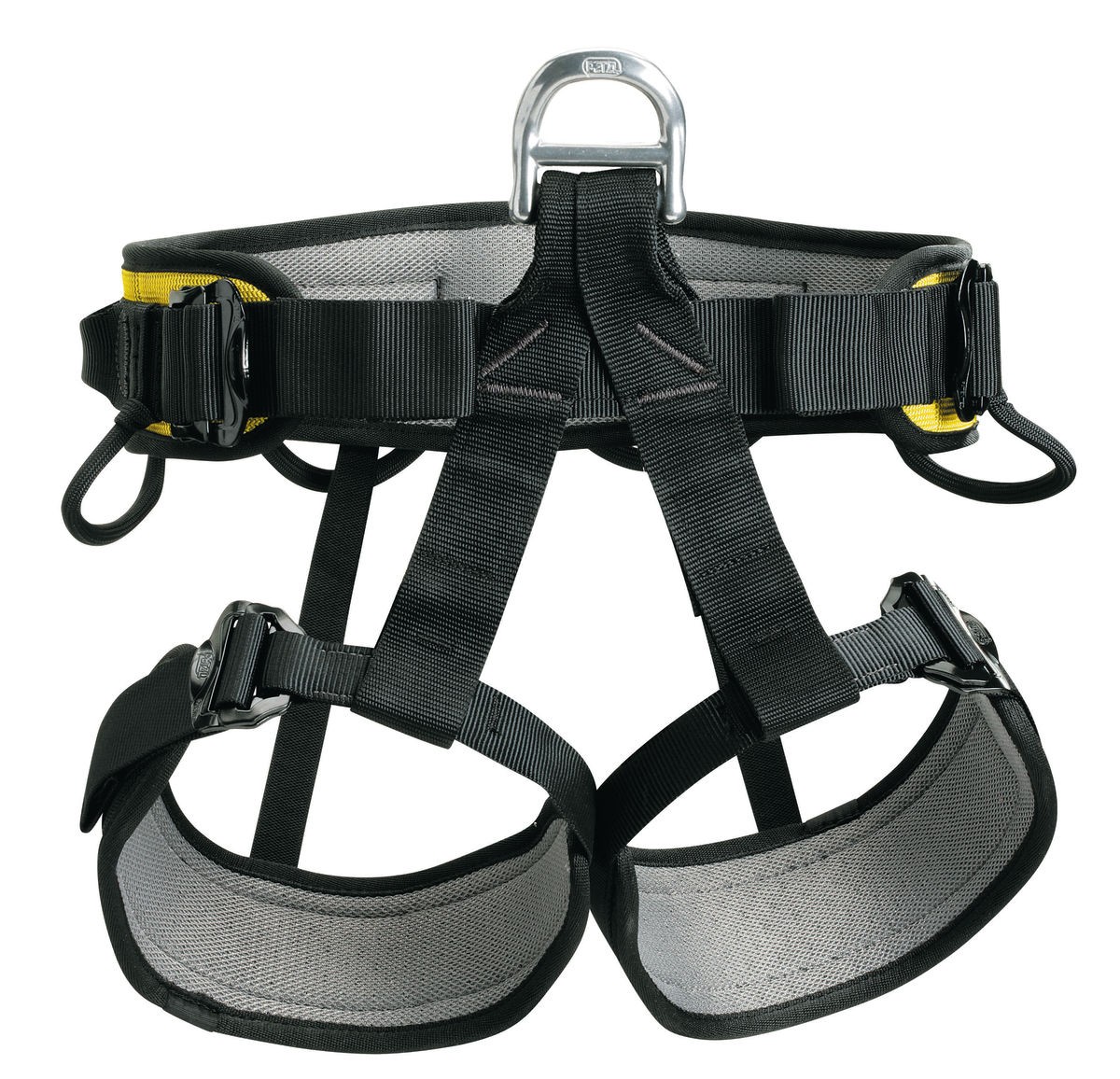Falls are a leading cause of injuries to employees that work at height, and the leading cause of fatalities in the construction industry. With increased height comes an increase in the risk of injury or death by falling. Employers must ensure that their employees working at height not only have the proper fall protection equipment, but are correctly trained in how to use it.
Fall protection harnesses and fall arrest equipment is never foolproof, and misused or faulty equipment is just as risky and dangerous as having no protection at all. Employees must be trained in how to inspect and wear a fall protection harness, in addition to receiving the proper certified training for their field. Proper inspection of fall protection equipment is necessary before workers even consider ascending to their position.

Fall Protection Harness Inspection
Employers must stress the importance of following a strict set of inspection procedures for all fall protection equipment. Teaching employees how to properly inspect and wear a fall protection harness just might save their life. Follow these steps for a thorough inspection before even putting your harness on:
- Hold your harness up by the D ring and allow straps to fall down to inspect each one. Make sure all straps are not worn, frayed or showing any signs of missing threads
- Make sure there is no cracked webbing
- Check all metal fasteners and D rings to make sure they are not deformed or cracked
- If you harness has grommets, make sure they are not damaged
- Inspect all buckle tongues to be sure they are not bent and are firmly attached
If you see any signs whatsoever of a faulty harness, do not use it! If your harness passes your thorough inspection, you may proceed to putting the harness on correctly.
- Make sure the buckle is in the proper place on your back before attaching the leg straps
- Fasten the chest strap at about mid chest height
- Shoulder straps and leg straps should be snug but still allow full range of motion
- Eliminate any slack by tightening straps while standing straight
- Loose ends should be tucked into the strap retainers
- Do not attach fall arrest systems to guard rails or hoists
- Harnesses subjected to fall impact should be removed from service immediately
These tips for inspecting and wearing a fall protection harness are just the tip of the iceberg when providing total protection to employees working at height. Nothing can substitute for adequate training, as even the right equipment worn the right way is not enough to save a life in an emergency without knowing exactly how to respond.
AHS Rescue provides UL approved fall protection harnesses and equipment that meet all required certifications including OSHA and NFPA. AHS Rescue is a leader among safety training companies providing certified training for fall protection and confined space rescue. Contact us today to learn more about our fall protection training and equipment that lives depend on.
The post is originally posted @ https://technicalroperescue.wordpress.com/2018/01/23/how-to-properly-inspect-and-use-a-fall-protection-harness/
Comments
Post a Comment